Electronic Flight Bag Market Summary
As per MRFR analysis, the Electronic Flight Bag Market Size was estimated at 1.687 USD Billion in 2024. The Electronic Flight Bag industry is projected to grow from 1.79 in 2025 to 3.236 by 2035, exhibiting a compound annual growth rate (CAGR) of 6.1 during the forecast period 2025 - 2035.
Key Market Trends & Highlights
The Electronic Flight Bag Market is poised for substantial growth driven by technological advancements and regulatory support.
- North America remains the largest market for Electronic Flight Bags, driven by high adoption rates among commercial airlines.
- The Asia-Pacific region is emerging as the fastest-growing market, reflecting increasing investments in aviation infrastructure.
- The portable segment dominates the market, while the installed segment is witnessing rapid growth due to evolving technological needs.
- Key market drivers include technological advancements and rising airline investments, which are enhancing pilot training and operational efficiency.
Market Size & Forecast
| 2024 Market Size | 1.687 (USD Billion) |
| 2035 Market Size | 3.236 (USD Billion) |
| CAGR (2025 - 2035) | 6.1% |
Major Players
Jeppesen (US), L3Harris Technologies (US), Honeywell International (US), Rockwell Collins (US), ForeFlight (US), FlightAware (US), Skybook (US), Airbus (FR), Thales Group (FR)
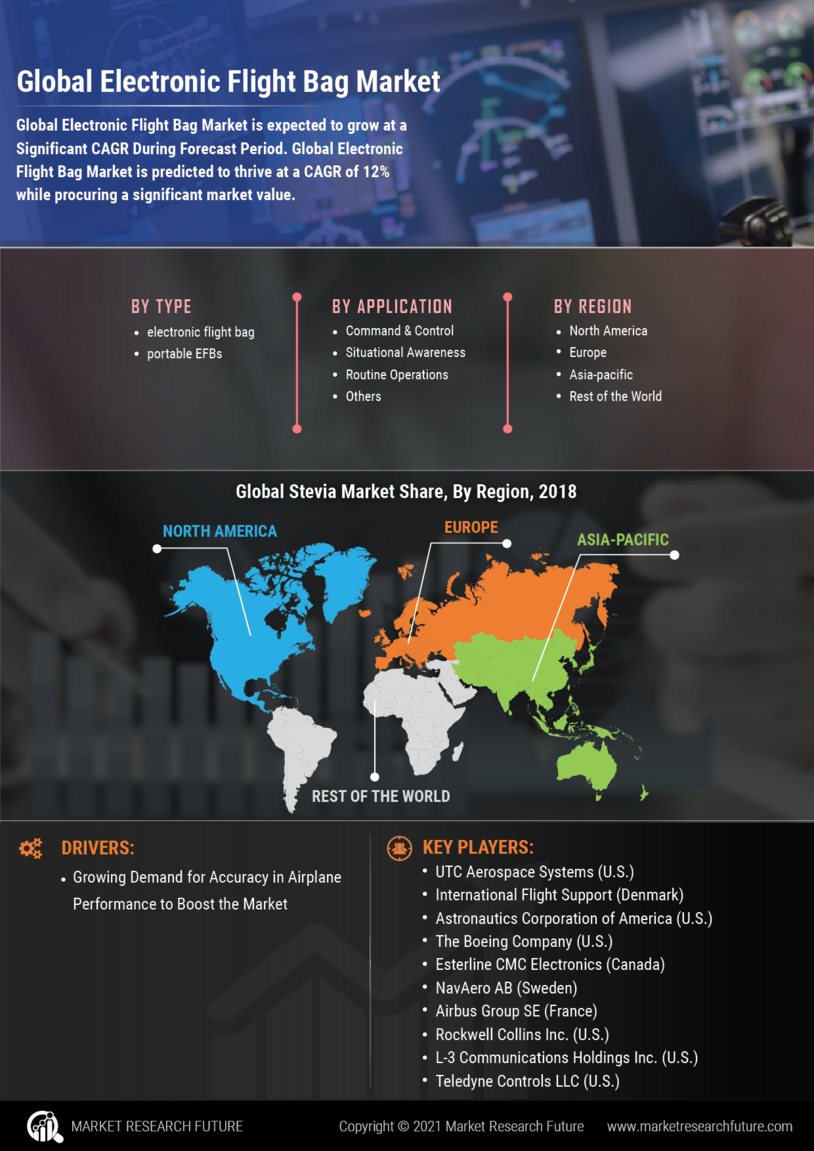

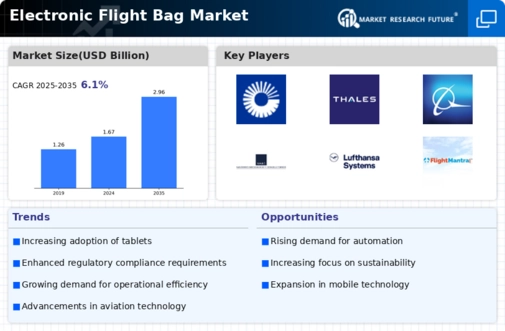
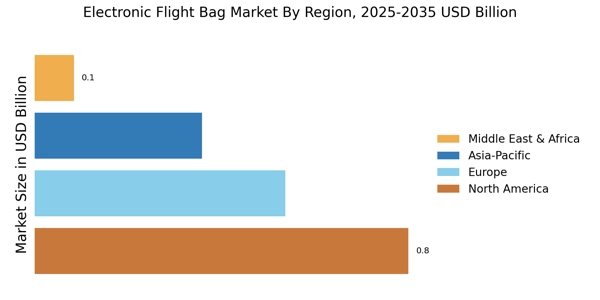
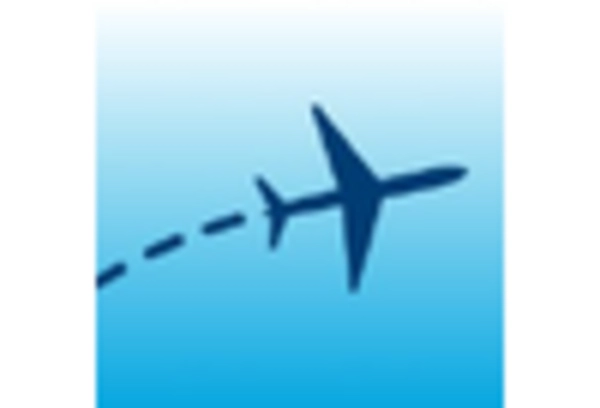
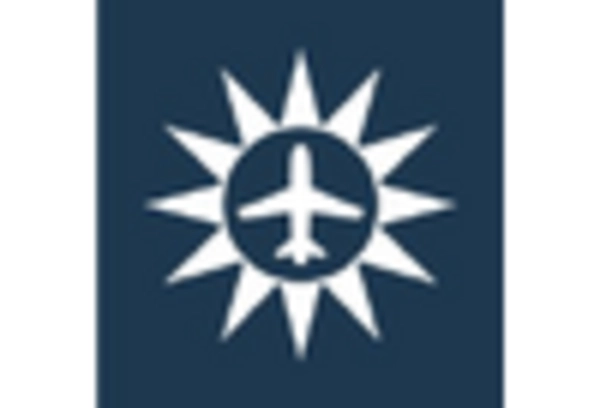
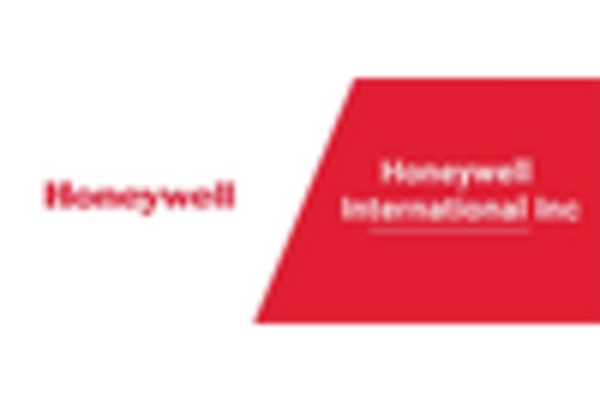
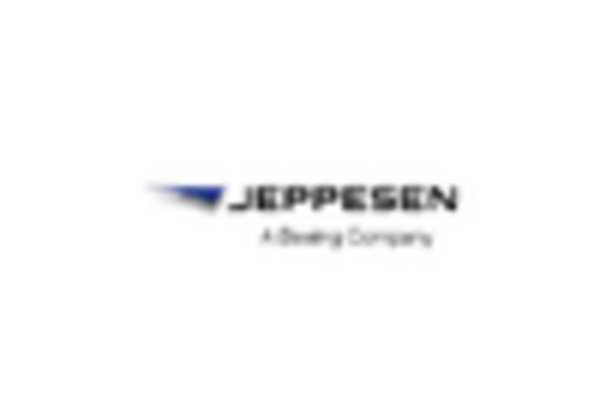
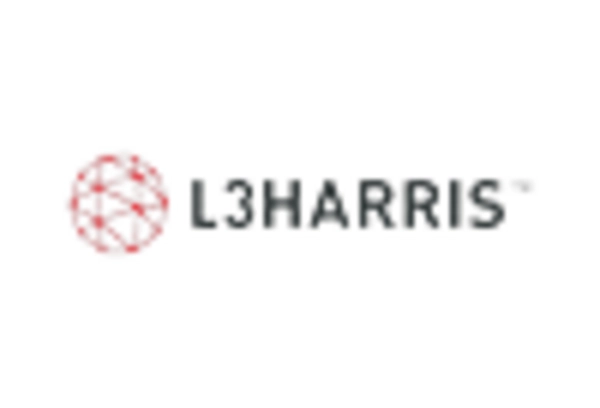
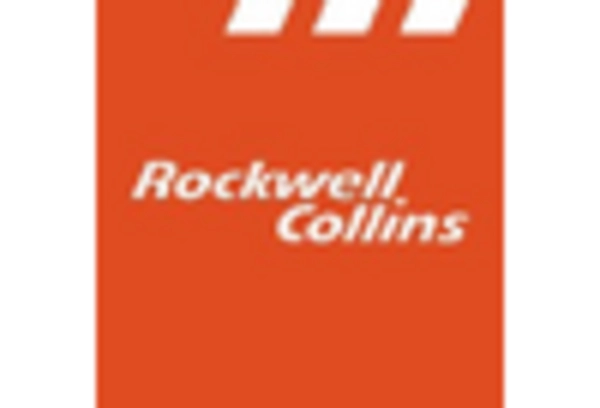








Leave a Comment